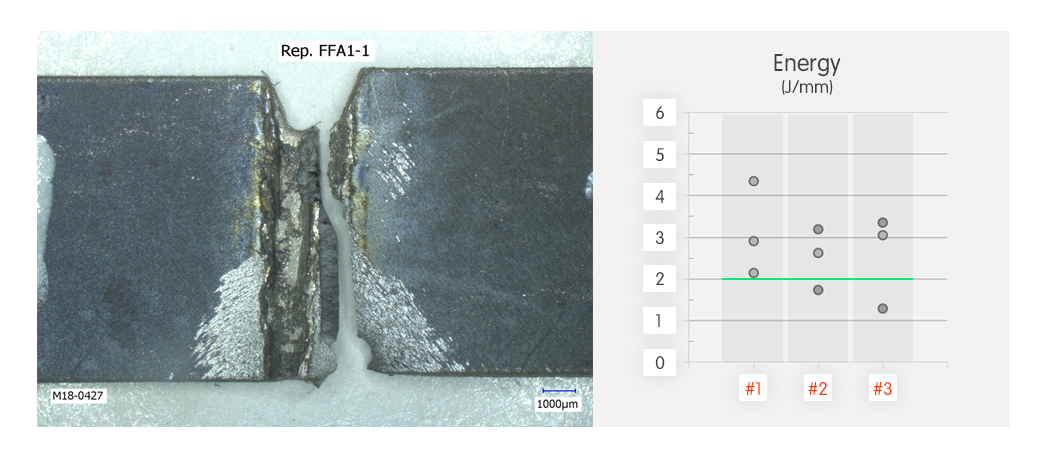Products
Product pages available in
EN - DE - FR - ES
Sustainability
News, events and stories

The third episode of a series of videos about breakthrough applications of Laser Welded Blanks. Jessé Paegle, Head of Product & Solution Development at ArcelorMittal Tailored Blanks explains why Partial ablation is the safest process to make laser welded blanks and the benefits of using Charpy tests.
About Partial ablation
Safe laser welding of PHS steels
The press hardenable steels (PHS) used in today’s LWBs typically utilize an aluminum-silicon (AlSi) coating which protects the steel during hot stamping. The coating allows OEMs to use a simplified hot stamping process which eliminates scale and surface decarburization, without the need for protection gas.
The final laser welded blank (LWB) exhibits excellent corrosion protection properties.
What effect does aluminum have on LWBs?
If the AlSi coating is not removed prior to welding, the aluminum in the coating mixes into the molten steel during laser welding. Any aluminum in the weld will have a detrimental effect on the weld’s hardness and can result in fractures at very low strength. If the amount of aluminum exceeds the maximum for the steel combination used, the weld can become brittle.
How can weld pollution be prevented?
Partial ablation is the process used by ArcelorMittal Tailored Blanks to reduce and control aluminum pollution. Developed by ArcelorMittal’s Global R&D team, the partial ablation process removes a very narrow strip of the AlSi coating on the top and bottom edges of the blank. This ensures that the level of aluminum in the weld remains below the threshold.
The partial ablation process is carried out as part of the laser welding process. The width of the strip removed can be measured and controlled. The inter-metallic layer remains in place to provide continuous corrosion protection for the underlying steel.

If the AlSi coating is not removed before welding, aluminum can pollute the weld and lead to part failure (left) in a crash
Using the Charpy test to confirm the behavior of welds in a crash
When launching a new LWB combination, ArcelorMittal Tailored Blanks validates the robustness of its process using a quick testing procedure which confirms the dynamic behavior of the part. The new procedure uses a Charpy test to ensure that LWBs remain ductile after ablation. The test confirms that the partial ablation process has eliminated aluminum in the weld and that the LWB will fulfil its energy absorption role in the event of a crash. The test is cost-effective and much faster than other methods which require a crash test of a completed part.

Charpy tests performed on welds made using the filler wire dilution method demonstrate that the welds do not absorb enough energy. Brittleness in the assembly is a critical issue for safety parts.






